Service hotline
0086-400-8010-113

Creating a Healthy Living Environment
Current Location : Home > News > Company dynamics
Release time :2024-06-13 Click :665
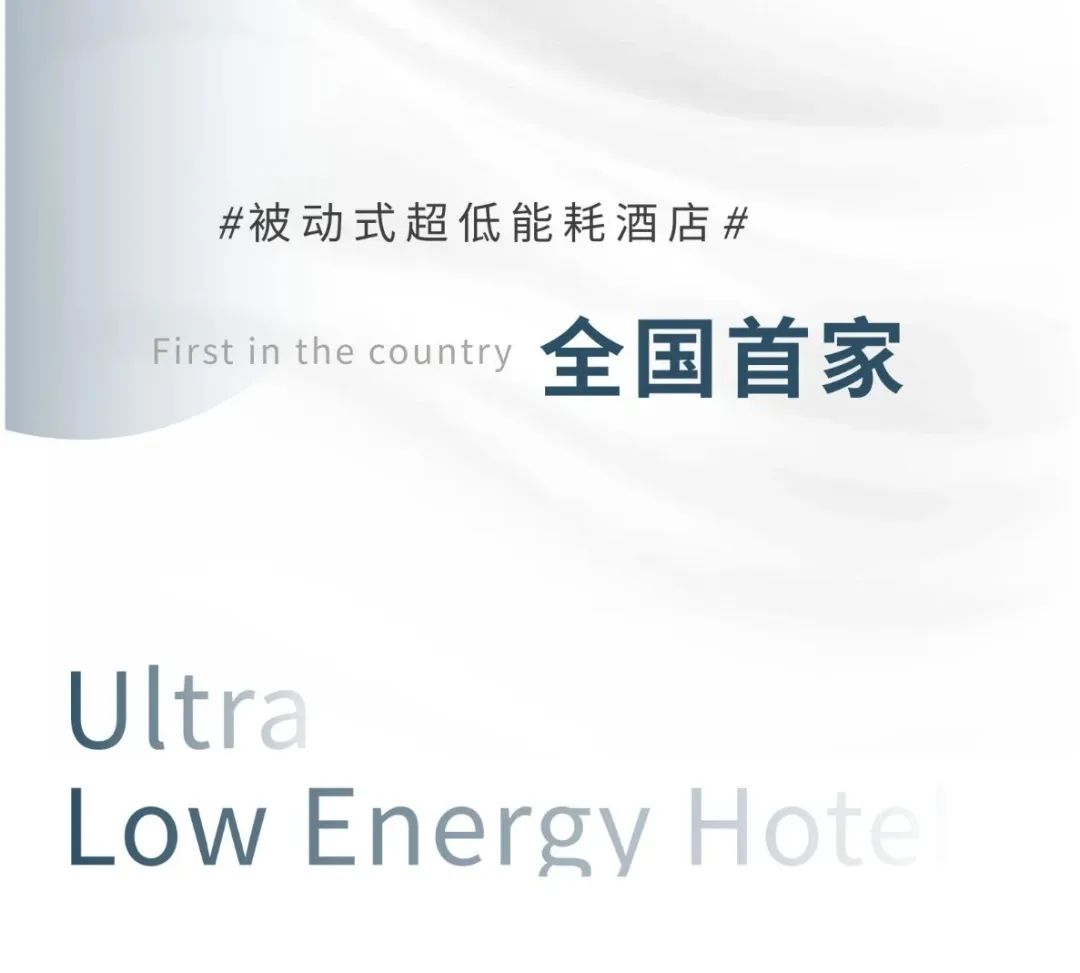
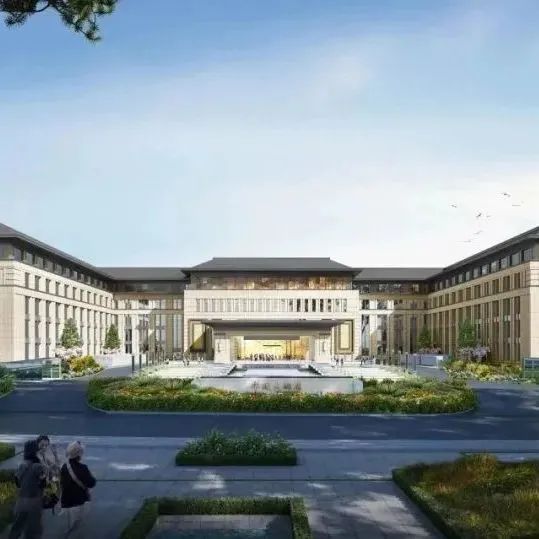
Huajian Hotel
Huajian Hotel, the first five-star hotel in China that meets ultra-low energy consumption and energy-saving building standards. It is located in Linqu, Shandong. The hotel covers an area of about 50 mu and has a total construction area of about 71,100 square meters. It has obtained the "Ultra-Low Energy Consumption Building" certificate issued by the China Building Energy Conservation Association, aiming to create a new landmark in Linqu, lead the new hotel standards, and create the country's first five-star standard passive ultra-low energy consumption hotel.
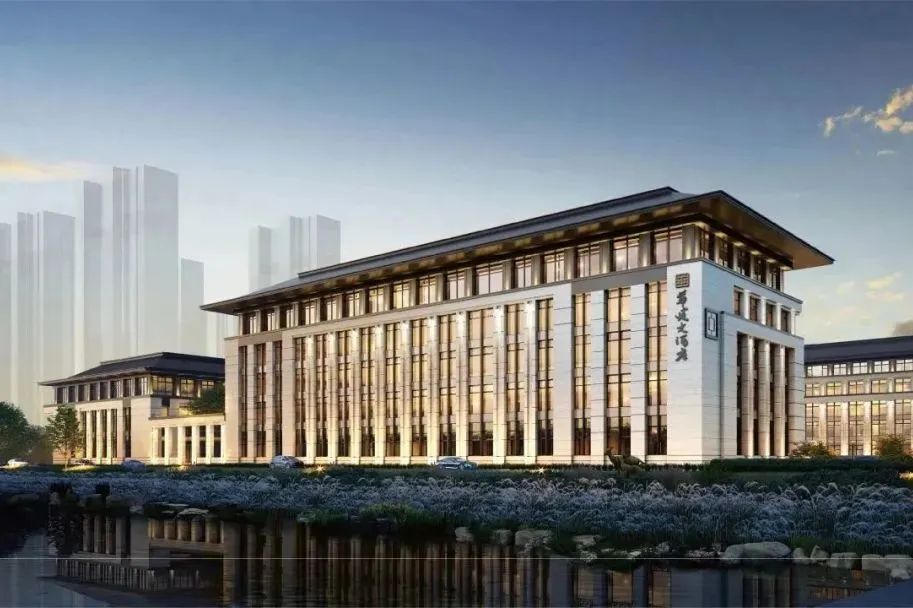
"Passive ultra-low energy consumption building design" is a major feature of Huajian Hotel. Through five core conditions: efficient insulation system, nearly no thermal bridge design, high-performance doors and windows, good air tightness, and equipped with Dpurat's ultra-large air volume fresh air system specially customized for passive ultra-low energy consumption hotels, the hotel's internal "five constant" standards are achieved: constant temperature, constant oxygen, constant cleanliness, constant humidity, and constant quietness, providing the hotel with an internal environment that is like spring all year round, with appropriate dryness and humidity and fresh air.
Let’s take a closer look at some of the characteristics of passive buildings:
Installing insulation on the building envelope is an effective way to save energy.
In winter, the exterior wall insulation layer is like putting cotton clothes on the building, the roof insulation layer is like putting a hat on the building, and the ground insulation layer is like putting boots on the building. In summer, the insulation layer becomes a heat-insulating layer, just like putting the building in a freezer. The thickness of the insulation layer of the ultra-low energy consumption building is much greater than that of ordinary buildings, and the excellent heat preservation and heat insulation performance creates conditions for creating a warm winter and cool summer environment.
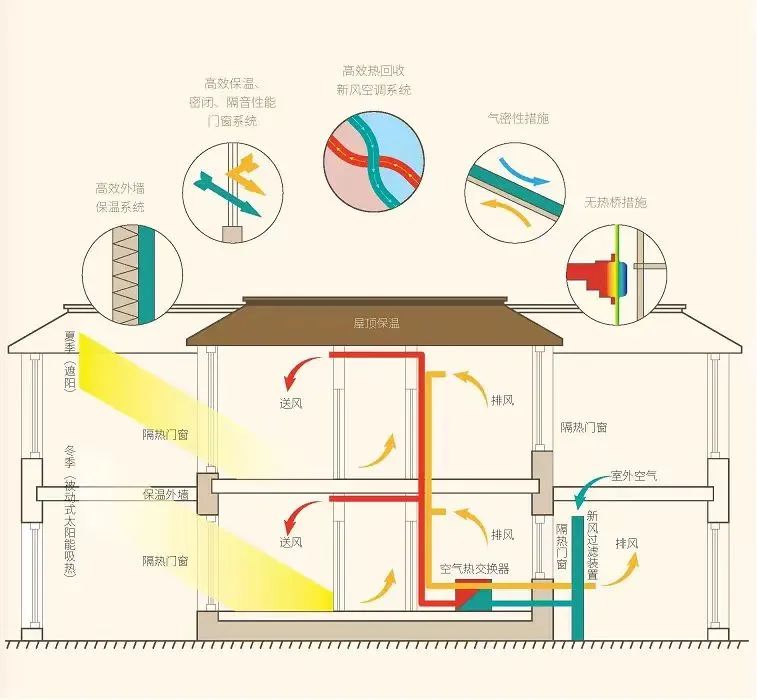
In the building envelope structure, the part where the heat flux density increases significantly due to design structure or construction quality defects becomes a bridge for indoor and outdoor heat conduction, which is called a thermal bridge. Compared with ordinary buildings, the impact of thermal bridges on ultra-low energy consumption buildings is more significant. The generation of thermal bridges should be strictly controlled, and the building envelope structure should be designed without thermal bridges.
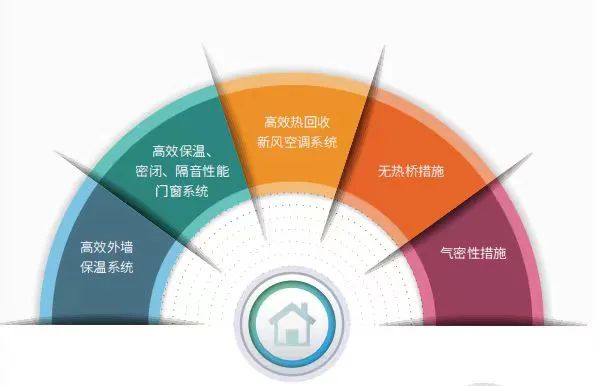
Doors and windows are important components of the building envelope, and are also the weak link in thermal insulation.
For ordinary energy-saving buildings that meet the 65 standard, the energy consumption of doors and windows can account for about half of the total energy consumption of the building. Doors and windows with poor performance will also make the indoor environment near the window much worse. The high-performance doors and windows of ultra-low energy consumption buildings can greatly reduce energy consumption, reduce the temperature difference between the window and the room, and effectively isolate the impact of noise, thereby extending the life of the building. They are the main components and improvement factors for the development of "century-old buildings".
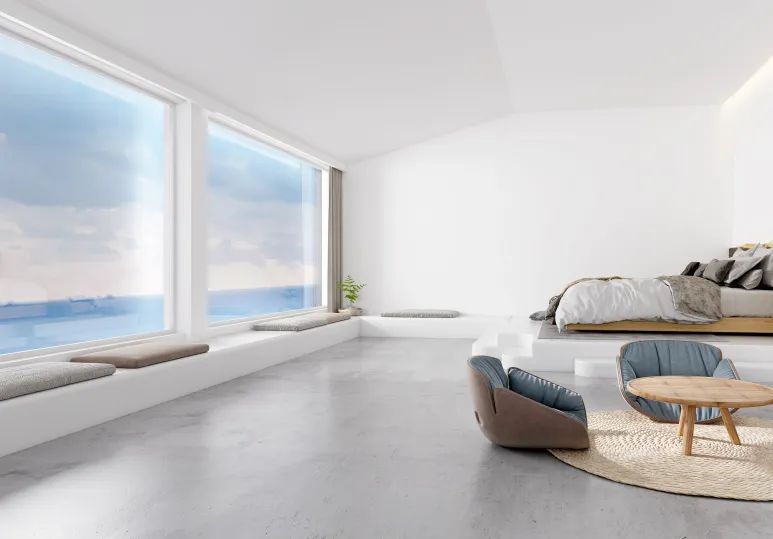
Traditional buildings only require airtightness of doors and windows, while ultra-low energy consumption buildings have requirements for the airtightness of the entire building.
Building airtightness is the lowest-cost, easiest-to-implement and most effective energy-saving technical measure. Good airtightness can prevent condensation from damaging the building and avoid the emergence of "cold air masses". Its complete sealing system can not only maintain indoor temperature and ensure sound insulation, but also better prevent dust.
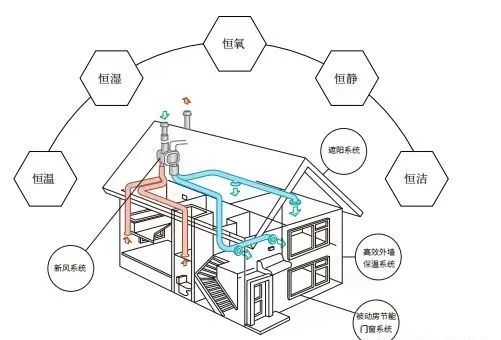
An efficient fresh air system is an indispensable device to ensure a healthy and comfortable indoor environment in passive buildings.
Fresh air load accounts for more than 30% of the total air conditioning load in my country's current buildings. This proportion will be even greater in passive buildings. Recovering the cold/heat and humidity in the exhaust air is an important energy-saving measure to reduce fresh air load. The high-efficiency heat recovery fresh air system has a high sensible heat recovery efficiency and total heat recovery efficiency. At the same time, it keeps enough fresh air indoors while ensuring constant room temperature, keeps the indoor relative humidity between 40%-60%, and the indoor carbon dioxide concentration is no more than 1000ppm, so that there is no mold indoors in the plum rain season in summer and no dryness in winter heating.
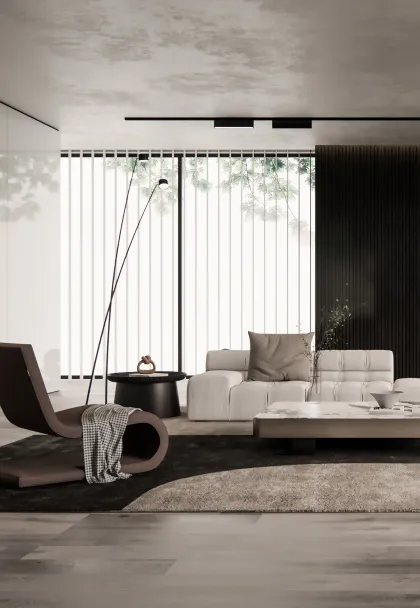

In terms of operation and maintenance, intelligent operation and maintenance is realized.
Intelligent operation and maintenance has many advantages in actual application. It can reduce human operation problems, make the indoor environment reach the set goals, make the unit reach the optimal operating state, and effectively reduce equipment energy consumption.
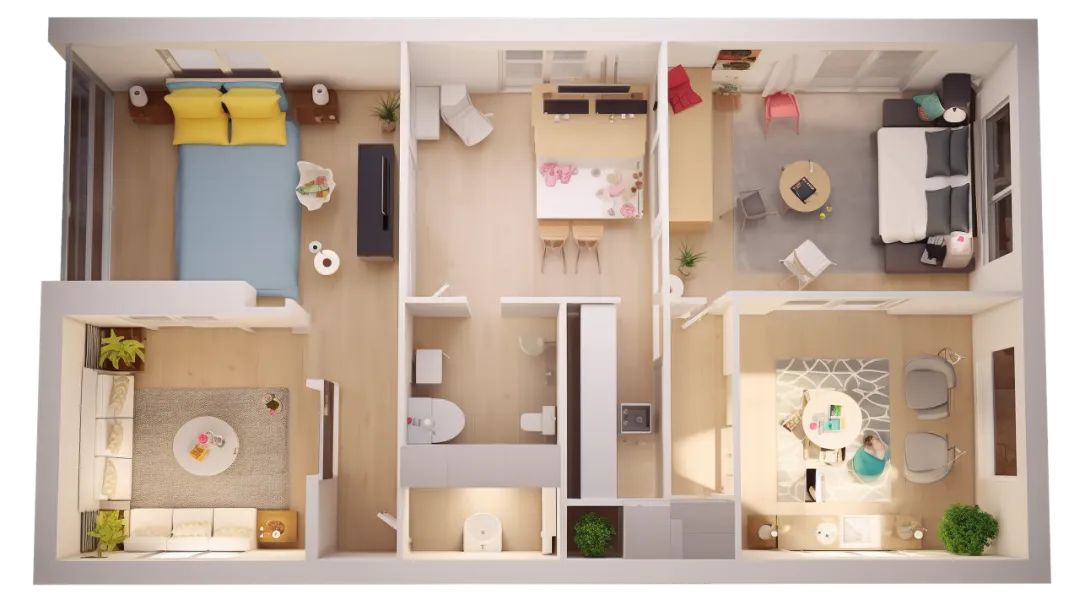

掃描二維碼添加企業(yè)微信